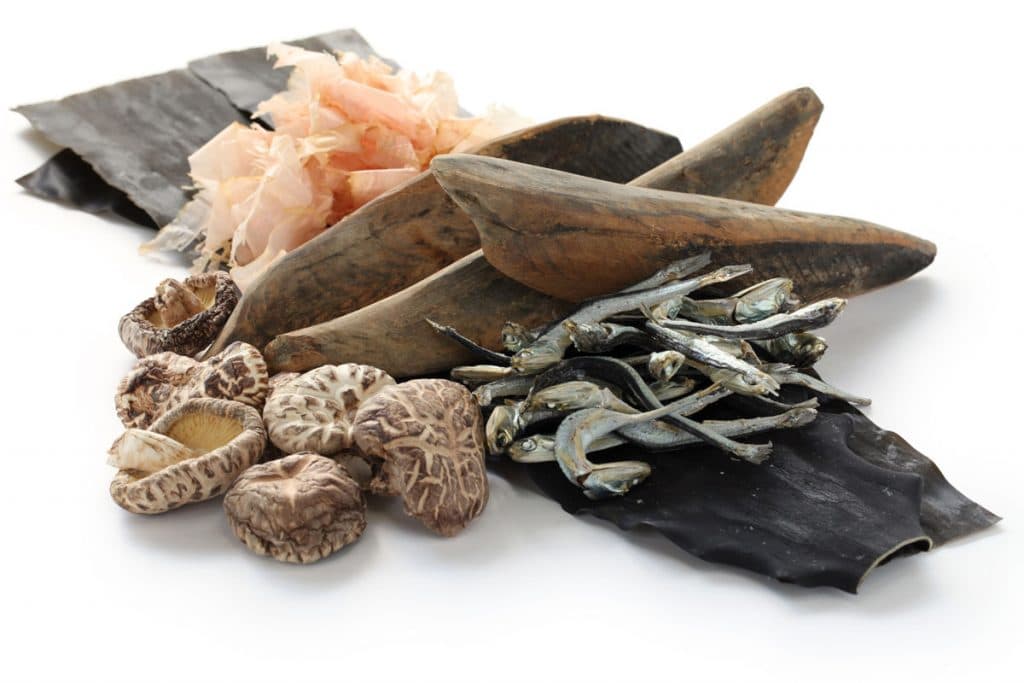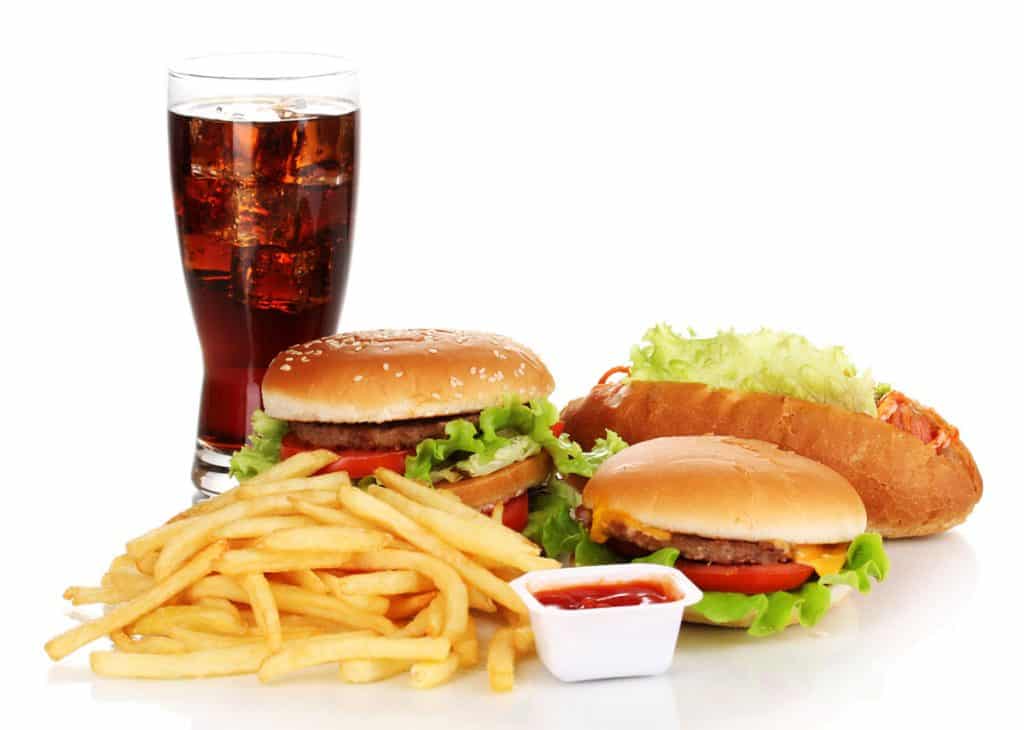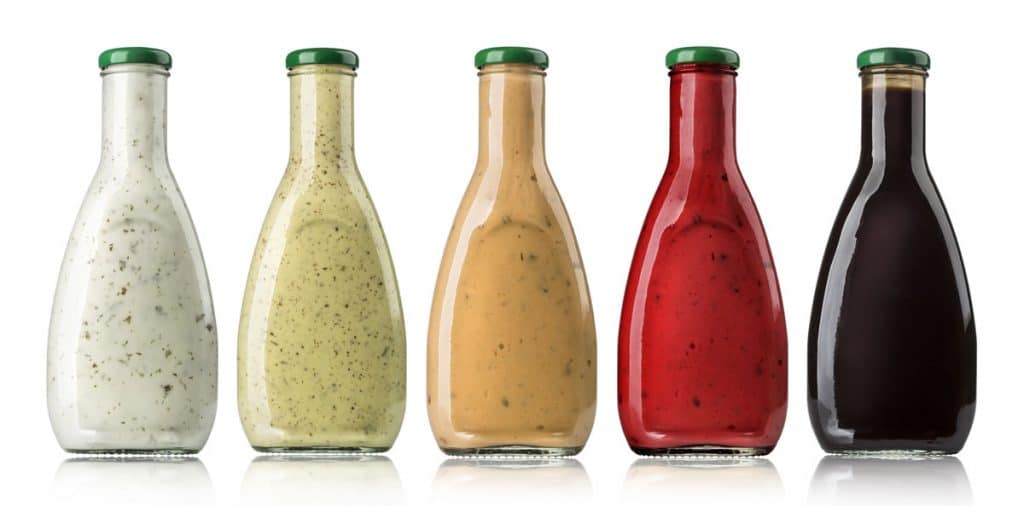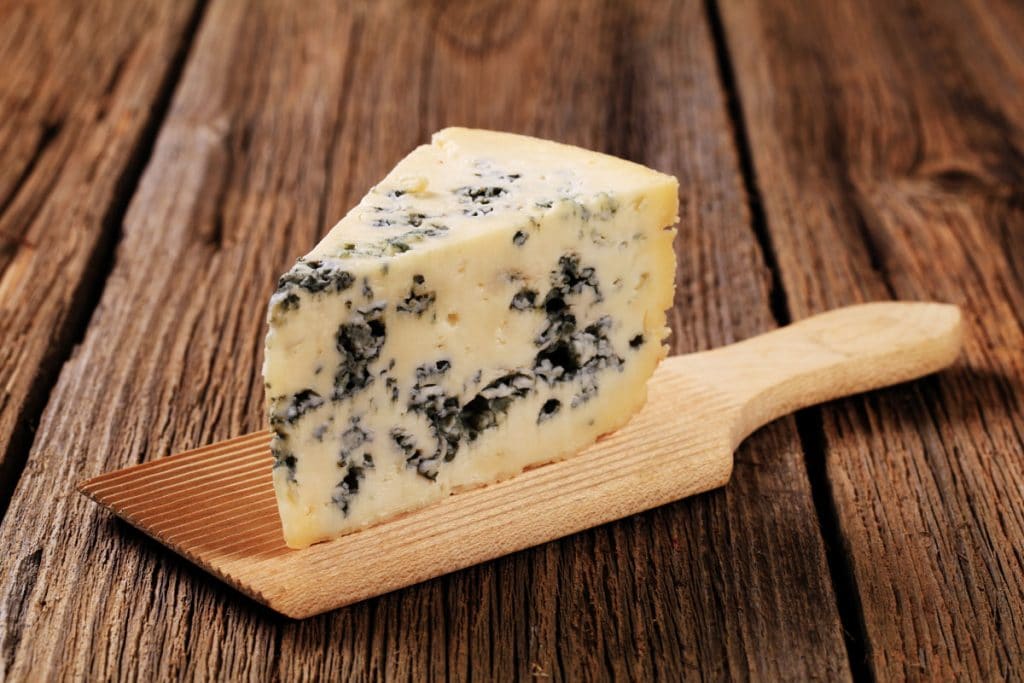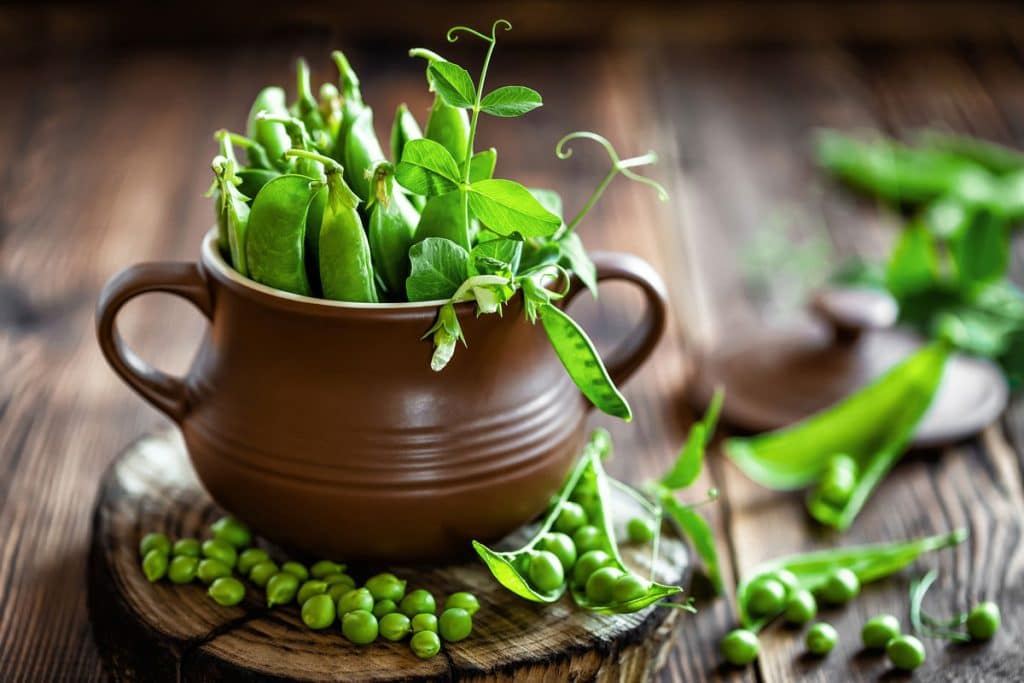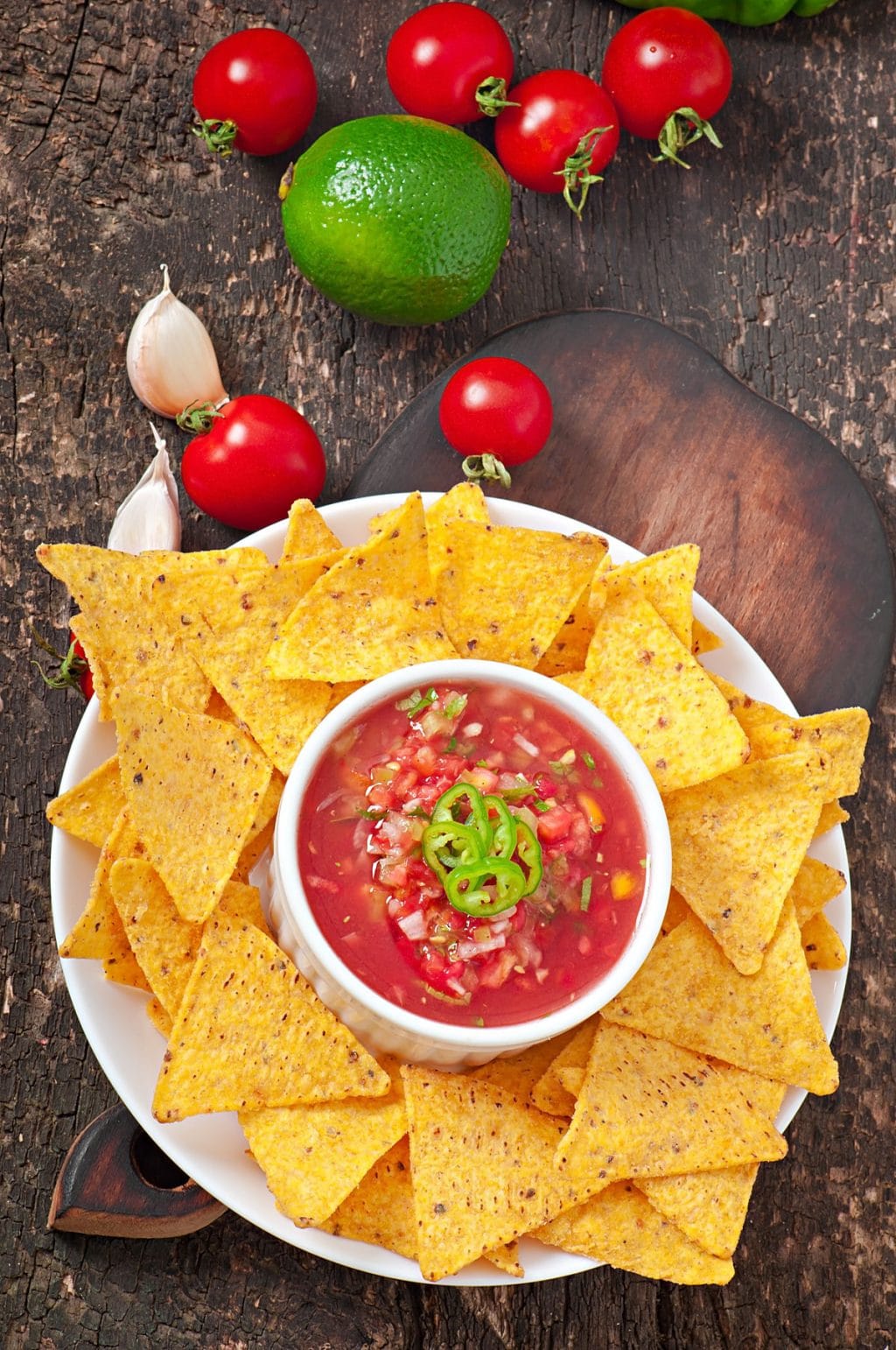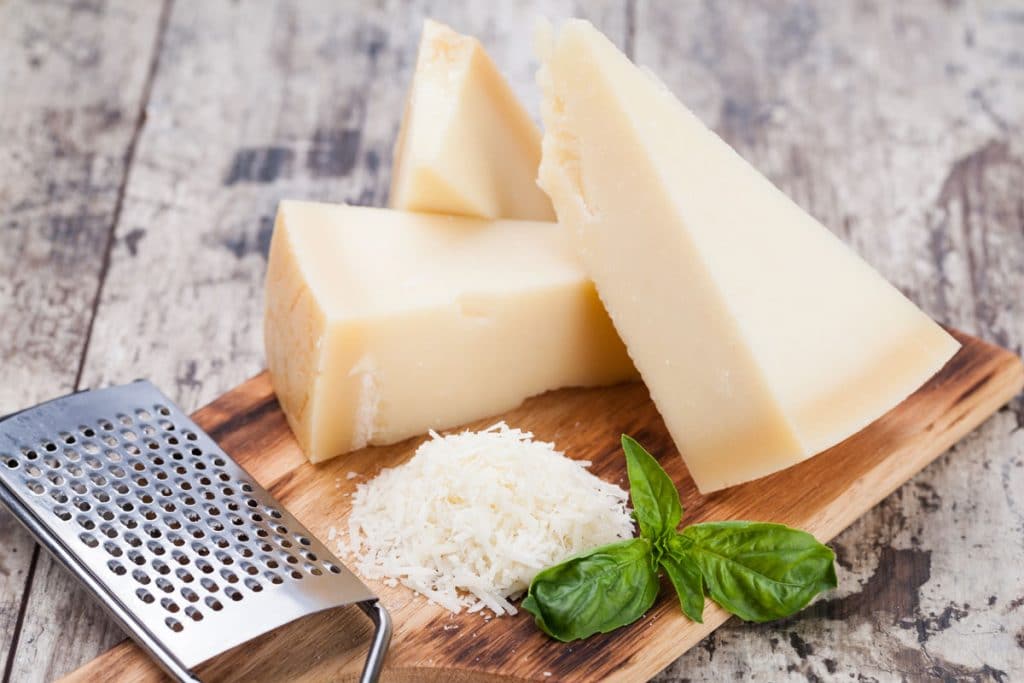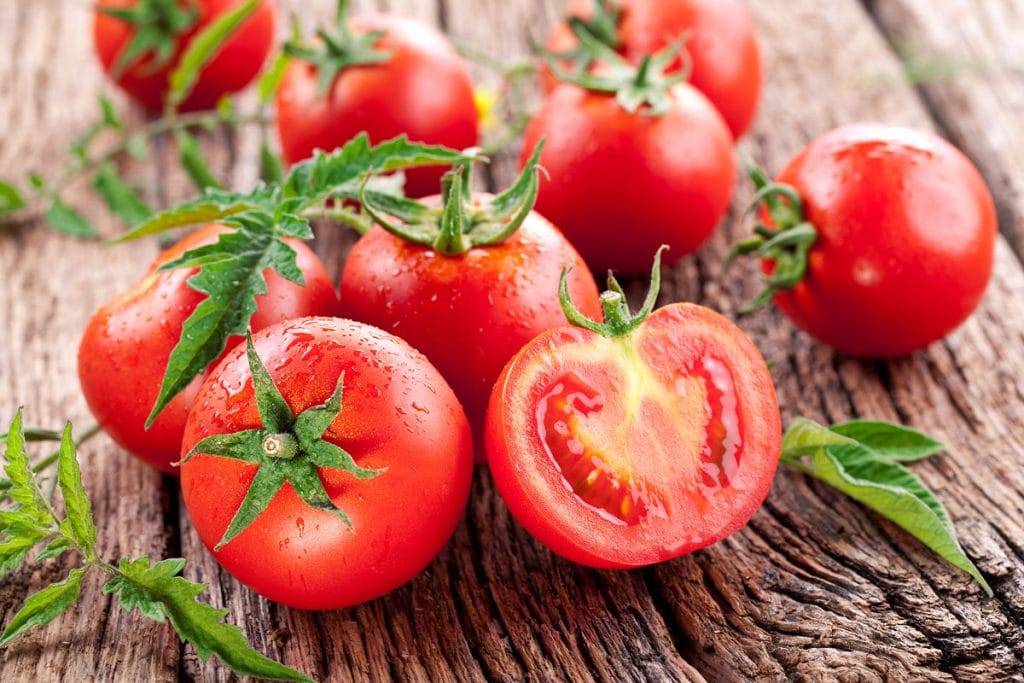A few months ago, the government of Mauritius decided to ban ‘Ajinomoto’ – this is how we call monosodium glutamate (MSG) here. And of course, this created a fiery debate between those who believe MSG is harmless and natural and those who deem that MSG is a silent killer that will ‘fry your brain’. At the end of day, it turns out that neither side had the right information. And, in general, making blanket statements is never a wise idea. So if you’re confused about MSG, before you make up your mind about whether to consume it or not, scroll through this article first. I will cover everything you need to know about MSG.

What exactly is MSG? And what is ‘umami’?
Short for monosodium glutamate, MSG is actually the sodium salt of glutamic acid, an amino acid which is commonly referred to as ‘glutamate’. Nowadays, MSG is widely used as a seasoning and flavor enhancer in many foods since it imparts a very distinct savory, meaty and broth-like taste to foods.
So, this would mean that MSG has a pleasant taste, right? After all, wasn’t the fifth sense umami coined when MSG was discovered?
While, it is true that the Japanese word ‘umami’ refers to a delicious savory flavor or ‘a really good taste’, this word was already in use during the Edo period of Japanese history which ended in 1868. MSG was only isolated in 1909 by the Japanese biochemist Kikunae Ikeda who temporarily decided to describe MSG’s taste as ‘umami’ before later deciding to use the term ‘glutamate taste’ instead.
And no, MSG does NOT taste good.
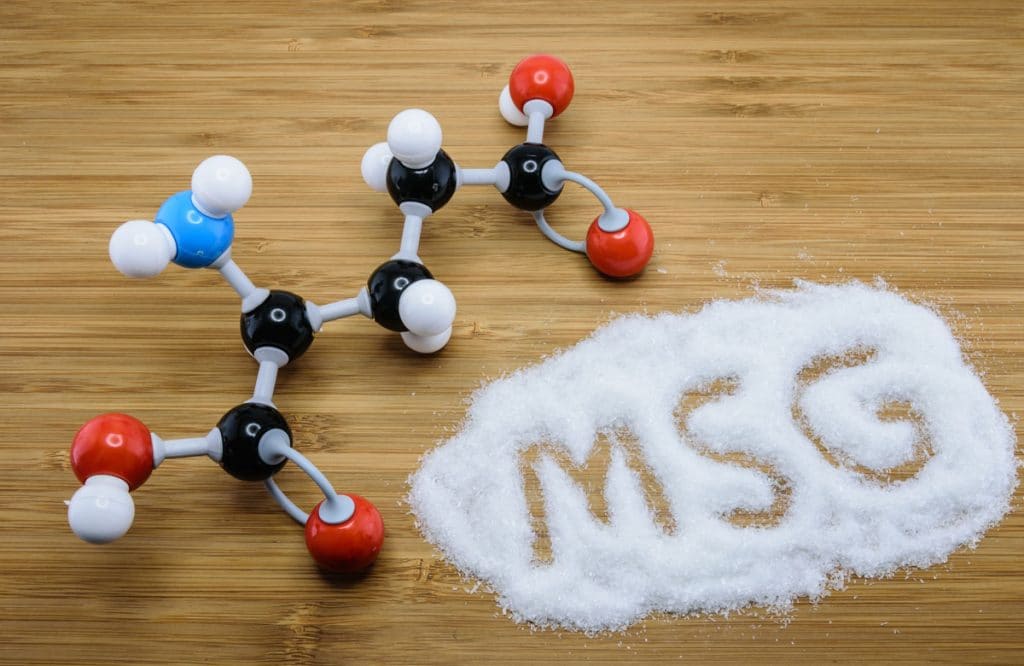
Shocked? Don’t beat yourself up: the food industry has done a pretty good job in making us believe that MSG tastes delicious. However, by itself, MSG is often described as being unpleasantly bitter, salty or soapy! It is when MSG is added in low concentrations to specific foods that the flavor and pleasantness of the food increases.
If this is confusing, think about sodium chloride which is more commonly known as table salt: by itself it isn’t delicious. But adding a little pinch of sea salt to sweet potato chips makes them scrumptious. I mean, nobody (I hope) would find it pleasant to eat a teaspoon of salt… Eating a whole bag of salted crisps, well, that’s a different story!
In the same way, carefully combining table salt with MSG and other chemical additives such as potassium chloride or phosphate salts, amino acids like arginine or nucleotides like adenosine 5’-monophosphate yields the flavor of boiled crab! This taste is often described as ‘umami’.
Note: There is some speculation that the ‘5th taste’ umami (as utilized nowadays) is nothing more but a successful marketing scam. While discussing this is beyond the scope of this article, you may want to know that the study ‘proving’ the existence of this 5th taste was funded, in part, by Ajinomoto.
How is MSG produced?
In the early 1900s, the Japanese biochemist Professor Kikunae Ikeda designed an experiment to determine what gave kombu broth (a type of seaweed also known as ‘kelp’ or ‘konbu’) a taste that was very different from the four well-known tastes (namely sour, sweet, bitter and salty). To do so, the Professor utilized a large amount of kelp soup stock from which glutamic acid was extracted. The glutamic acid was then stabilized by mixing it with salt and water. This marked the ‘birth’ of monosodium glutamate, a white crystal that was easy to store. After patenting MSG, Professor Ikeda then began to market it as Ajinomoto which means ‘essence of taste’.
But times have changed…
MSG is no longer produced using the process described above. That’s because extracting glutamate from seaweed is really time-consuming and not cost effective at all: you can extract only 1g of glutamate from 100g of seaweed!
Professor Ikeda realized that the traditional seaweed and salt water process was unnecessary for the production of stable glutamate (MSG). Instead, MSG could be produced using fermented molasses and wheat.
Eventually, the manufacturers found that almost any protein can be broken down to produce MSG. Today, MSG is now produced on a huge scale using an industrial fermentation process that is way simpler and costs a fraction of the traditional seaweed method.
Which foods contain MSG?
When I talk about MSG with my patients, they often tell me that they don’t consume that flavor enhancer anymore since they avoid Chinese food and don’t keep Ajinomoto at home. Well, a quick virtual tour of their pantry often indicates that their diet is loaded with MSG even if they’re buying foods that proudly boast a ‘MSG-free’ label or don’t list MSG in the ingredient list.
Since MSG is currently added to gazillions of products, it is impossible for me to give you a complete list. However, most of the following foods are often laced with MSG:
- Bottled sauces and gravy mixes
- Bouillon (crystals or cubes)
- Broth
- Canned and dried soups
- Canned meats
- Crackers
- Fast foods
- Diet foods
- Ready-made meals (the microwave and frozen ones)
- Pizzas
- Processed meats (commercial bacon, bologna, ham, hot dogs, sausages, salami)
- Ramen noodles
- Salad dressings – like those from Kraft
- Snacks – like Lays chips, Doritos
- Stock
Note: Check out the ‘Question & Answer’ section below for a list of ingredients that indicate the presence of ‘hidden’ MSG.
How did the use of MSG become so widespread?
The sales of MSG skyrocketed in Asia within a few years after the company Ajinomoto was set up. However, it was only after World War II that MSG made its debut in the US. It turns out that the catering staff of the US army noticed that the American soldiers preferred the leftover ration packs of the demobilized Japanese army. That’s when they discovered MSG and brought it back to the US. This coincided with the booming of the production of processed foods on a large scale.
One of the issues with mass production and preservation of food (via canning, freezing and pre-cooking on an industrial scale) is that it leads to the loss of flavor. Since MSG was a cheap substitute that was easy to use and improved the taste of practically everything, it soon found its way in:
- Most snacks
- Bread
- Canned foods such as tuna and soups
- Commercial salad dressings
- Chewing gum
- Processed meats
- Baby food
- Soft drinks
- Ice cream
Are there any natural sources of MSG?
No; but the following foods contain free glutamate (I cover the various forms of glutamate below as well as why it is important to differentiate between them):
- Cow’s milk – 2mg/100g
- Human breast milk – 2mg/100g
- Eggs – 23mg/100g
- Beef (33mg/100g)
- Fish (mackerel) – 22mg/100g
- Chicken – 44mg/100g
- Potatoes – 102mg/100g
- Corn – 130mg/100g
- Oysters – 137mg/100g
- Tomatoes – 140mg/100g
- Broccoli – 176mg/100g
- Mushrooms – 180mg/100g
- Peas – 200mg/100g
- Grape juice – 258mg/100g
- Fresh tomato juice – 260mg/100g
- Walnuts – 658mg/100g
- Soy sauce – 1090mg/100g
- Parmesan cheese – 1200mg/100g
- Roquefort cheese – 1280mg/100g
Glutamic acid, bound glutamate, free glutamate – are they the same thing?
As mentioned earlier, glutamic acid is an amino acid that is naturally present in large amounts in both plant and animal protein. Glutamic acid is considered a non-essential amino acid since the human body is able to produce it even if we don’t get enough from the diet. In other words, glutamic acid is crucial for our body to perform optimally.
The most common form of glutamic acid in our bodies is glutamate, a compound that is essential for life. In fact, glutamate is the most plentiful neurotransmitter (a chemical messenger utilized by nerve cells to communicate) in the brain. In a nutshell, glutamate is an excitatory neurotransmitter: it activates (or excites) brain cells so as to communicate nerve impulses (messages). As such, glutamate is especially important for brain growth and development, learning and memory. In a way, glutamate can be considered as a stimulant. And as with all, stimulants, too much glutamate can cause issues.
Now that you know what glutamate is, it is important to realize that glutamate comes in two forms:
- Bound glutamate – this refers to glutamate which is found in whole, unmodified proteins. This type of glutamate is usually digested and absorbed slowly.
- Free glutamate – As the name indicates, this type of glutamate is not attached (or bound) to other amino acids. Therefore, it can be rapidly absorbed in the body, leading to spikes in blood glutamate concentration. This is why most health concerns are associated with free glutamate.
All glutamates are not created equal
As you’ve seen earlier, many commonly consumed foods contain free glutamates. While these can cause problems for some people (more about this later), the real concern is with the overabundance of free glutamates in almost all processed and packaged foods as described above.
MSG proponents will argue that since (i) the body produces glutamic acid and glutamates and (ii) the glutamate in MSG is similar to the glutamate in food, therefore MSG must be ‘good’ or ‘safe’ to consume.
What they fail to tell you (for obvious reasons) is that although MSG contains glutamic acid, it almost always contains:
- Contaminants due to the manufacturing process.
- Amino acids that are mirror images of those the body is used to handling. Think of this as trying to wear the wrong glove on your hand. When you ingest MSG, the body will break it down into sodium and glutamate. However, our body may not know what to do with the glutamate if it is a mirror image of the glutamate the body is used to processing. In other words, this glutamate may build up in the blood.
These contaminants and ‘mirror’ amino acids can cause complications in susceptible individuals as discussed below.
Why is there so much controversy about the safety of MSG?
The USDA has granted MSG the GRAS (Generally Recognized as Safe) status and numerous research indicate that it is safe for the general population at the levels typically incorporated into various foods. However, if you look at who sponsored studies ‘showing’ that MSG is safe, you will notice that most of them are funded using funds from Ajinomoto through the International Glutamate Technical Committee and the Ajinomoto Amino Acid Research Program (3ARP).
Furthermore, there are numerous reports of individuals experiencing unpleasant side effects after consuming Chinese foods which are often loaded with MSG. The following symptoms, commonly referred to as the ‘Chinese restaurant syndrome’, were first identified in 1968 by Maryland physician Robert Ho Man Kwok in the New England Journal of Medicine:
- Burning sensation on the upper body, thighs and forearms
- Numbness or tightness in the face
- Chest pain and heart palpitations
- Nausea and/or vomiting
- Headaches
- Wheezing and/or coughing
- Asthma
- Sweating
- Flushing

Many will tell you that the ‘Chinese restaurant syndrome’ (also known as the ‘Hot dog headache’. ‘Glutamate-induced asthma’ or ‘MSG symptoms) is nothing but a racist myth backed by flawed science.
In fact, many individuals who report suffering from these symptoms after consuming Chinese food do not experience the same symptoms when they are unknowingly given other foods laced with MSG. As such, proponents of MSG will tell you that these symptoms are the results of ‘stuffing one’s face with a very oily, high carb meal’ and not the MSG itself.
So does this mean MSG is not a threat to anyone? Keep reading to find out.
Does MSG affect the brain?
Before I answer this question, there are a few things you need to know:
- The brain is protected by the blood brain barrier which consists of a layer of cells surrounding most of the brain.
- When it is healthy, the blood brain barrier carefully regulates the types and amounts of substances that enter the brain.
- A healthy blood brain barrier will make sure that glutamate can enter the brain only through specific receptors that control how much glutamate goes in.
Now, here’s what you’ll often hear proponents of MSG say:
- Glutamate and glutamate receptors are crucial for normal brain development and function.
- High concentrations of glutamate do not cross the blood-brain barrier.

However, what they fail to tell you is that:
- Unhealthy diets and lifestyles can increase the permeability of the gut (also known as a ‘leaky gut’). This is why there are so many individuals suffering from leaky guts nowadays.
- A leaky gut can contribute to a state of chronic low-grade inflammation since about 80% of our immune system is found in our gut.
- Since the brain and the gut are connected via the gut-brain axis, the inflammation induced by the leaky gut can lead to increased permeability of the blood brain barrier (a condition known as a ‘leaky brain’). In fact, researchers discovered that levels of a molecule known as ‘microRNA-155’ are elevated during inflammation. High levels of microRNA-155 influence the organization of the structures that form tight junctions between cells in such a way that they create tiny gaps in the blood brain barrier through which substances can bypass normal regulatory pathways. This can eventually lead to nerve damage.
- If the blood brain barrier becomes ‘leaky’, it will allow more substances (including glutamate) to enter the brain. This can result in (i) high blood levels of glutamate which can cause migraines and (ii) an imbalance in glutamate and GABA (a neurotransmitter that counters the effects of glutamate) which can seriously affect brain function by impairing the brain’s ability to efficiently process information. This can lead to lasting brain injury.
Can MSG cause weight gain?
Studies suggest that healthy individuals who regularly consume MSG have a 33% greater risk of becoming overweight. While it is true that most foods that contain MSG are also often loaded with unhealthy fats and refined carbs (and are thus more likely to cause weight gain), scientists speculate that MSG may:
- Lead to leptin resistance (leptin is a hormone that regulates appetite).
- Increase appetite and decrease energy expenditure by activating a substance known as AMP-Activated Protein Kinase.
- Promote body fat accumulation by affecting hormonal balance.
Who should definitely avoid MSG?
I’m really tempted to say ‘All of us’ but I won’t…
So here goes: individuals with autism spectrum disorders, ADHD and neurological complications would do well to steer clear from products containing MSG.
As mentioned, glutamate is an excitatory brain neurotransmitter which tends to be present in high levels in the brains of the individuals mentioned. Moreover, these individuals are often deficient in glutamic acid decarboxylase, an enzyme involved in converting glutamate to GABA (glutamate’s calming cousin). This could be due to the presence of antibodies against glutamic acid decarboxylase 65 (GAD65). As such, consuming MSG-rich foods can cause more neurological issues in this population.
Is MSG safe for you?
Well, this is probably going to be one of the most unsatisfying answers ever but the truth is that; it depends. You’re the only one who can answer this question since some individuals are able to process glutamates better than others. To determine if glutamates and MSG play well with your body, here’s what I usually suggest that my patients try:
- Observe and monitor symptoms.
- Eliminate sources of free glutamate from processed and packaged foods.
- If your symptoms persist, eliminate foods that contain free glutamate.
- Once your symptoms have subsided or are resolved, introduce one real food containing free glutamate. Observe how your body reacts to the food for a period of four days before introducing another food. Start with the foods containing the least free glutamate.
Frequently asked questions
1. Why do humans like the umami taste if it isn’t good for us?
For us to be in optimal immune health we need regular immune stimulation – this can come via the bacteria in our food. That’s why we are naturally wired to like umami and sour foods – these tastes are associated with foods that contain bacteria.
Moreover, when proteins are digested by bacteria, glutamate is produced. In other words, the body not only associates the umami taste with much needed bacteria but with protein as well.
But when you eat MSG-containing foods, you do get the umami taste but no beneficial bacteria and only a measly amount of protein. In other words, we evolved to like the umami taste from REAL foods. Not processed, MSG-laden ones.
2. Why do food companies load their products with MSG?
When you eat a food containing MSG, this tricks the brain into thinking that it has more protein than it really does. In other words, the brain ‘perceives’ the food as being more nourishing. As such, food manufacturers can easily, but significantly, improve the palatability of their products by adding a pinch of MSG that costs practically nothing.

3. Some people claim that MSG can regulate appetite or reduce our fat and sodium intake. Is this true?
MSG will make you eat more as explained earlier and since MSG-containing foods are usually also high in fat, it is more likely that you’ll end up consuming more carbs and fat.
It is true that MSG contains less sodium than table salt (12% vs. 39% to be exact). But this does not mean it would be a wise idea to replace table salt with MSG.
4. “But… Without MSG, won’t my food taste really bland?”
No, unless you just boil everything and dump the food on your plate.
Next time, you make soup, broth, curry or a sauce, instead of simply throwing all your ingredients in your pot, why not try the following steps:
i. Melt some grass-fed butter or clarified butter or some extra virgin coconut oil in your pot.
ii. Then toss in some chopped onions and sauté until golden brown.
iii. Add in some garlic-ginger paste (simply blend a handful of garlic cloves with 1 inch of ginger). About 1 teaspoon will do if you’re not used to hot flavors.
iv. Sauté the onion mixture for 1 minute before adding in your chicken, beef or fish.
v. Once the meat is almost cooked, toss in your veggies and herbs.
vi. Season with salt and pepper and let cook for 5 minutes so as to let the spices infuse in the veggies. Then add water as desired.
Check out the video below for easy ways to add some natural, MSG-free zing to your meals.
[youtube id=”qtbnkihsc-4″]
5. So, I’ve decided to stop eating MSG and I only purchase foods bearing an ‘MSG-free’ label or those that do not include MSG in their ingredient list. That’s all I need to do to avoid synthetic MSG right?
Unfortunately, it’s not that simple: the law does not require food manufacturers to mention that their product contains MSG unless it contains 99% pure MSG. Plus, as explained earlier, it is in the advantage of food manufacturers to add MSG to their products. And they are aware that many consumers are scared of products listing monosodium glutamate as one of its ingredients which is why they use the following instead:
Ingredients that always contain processed free glutamic acid:
- Autolyzed yeast
- Calcium caseinate
- Calcium glutamate (E623)
- Glutamic acid (E620)
- Glutamate (E620)
- Hydrolyzed protein (and anything ‘hydrolyzed’)
- Hydrolyzed yeast
- Magnesium glutamate
- Monopotassium glutamate (E622)
- Monosodium glutamate (E621) or Natrium glutamate [‘Natrium’ is sodium’s Latin name]
- Natural flavorings
- Natural beef flavoring
- Natural chicken flavoring
- Protein isolates
- Sodium caseinate
- Spices and flavorings
- Soy extracts
- Soy protein concentrate
- Soy protein isolate
- Soy sauce
- Soy sauce extract
- Torula yeast
- Whey protein concentrate
- Yeast extract
- Yeast food
- Yeast nutrient
- Vetsin
- Anything “enzyme modified”
- Anything containing “enzymes”
- Anything “fermented”
- Anything containing “protease”
What are your experiences with MSG? Do you try to avoid it? Share in the comments below or on Bembu’s facebook page.



